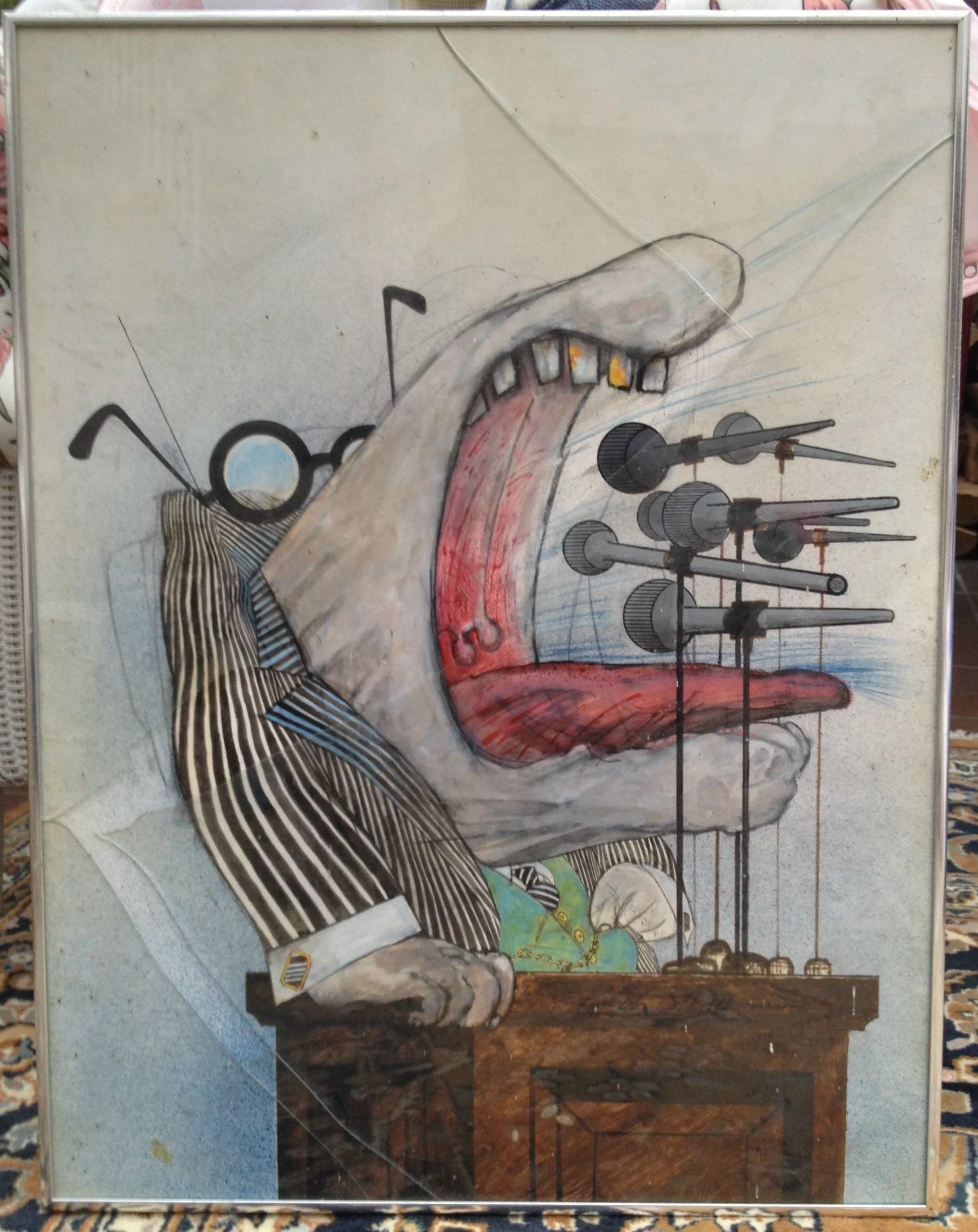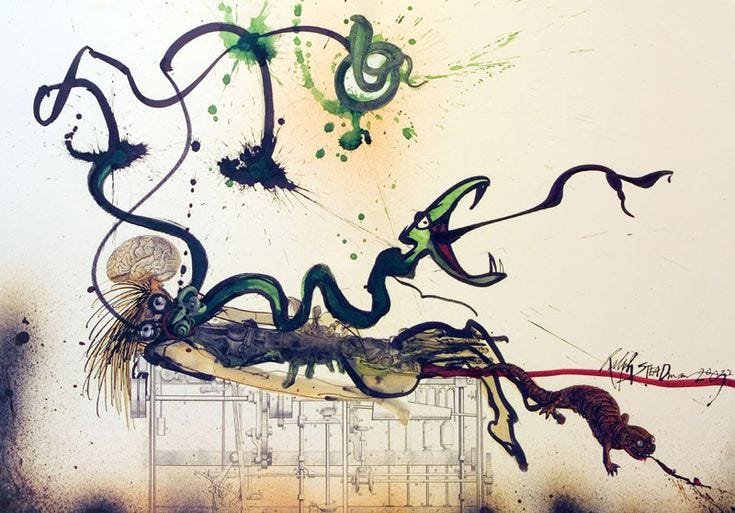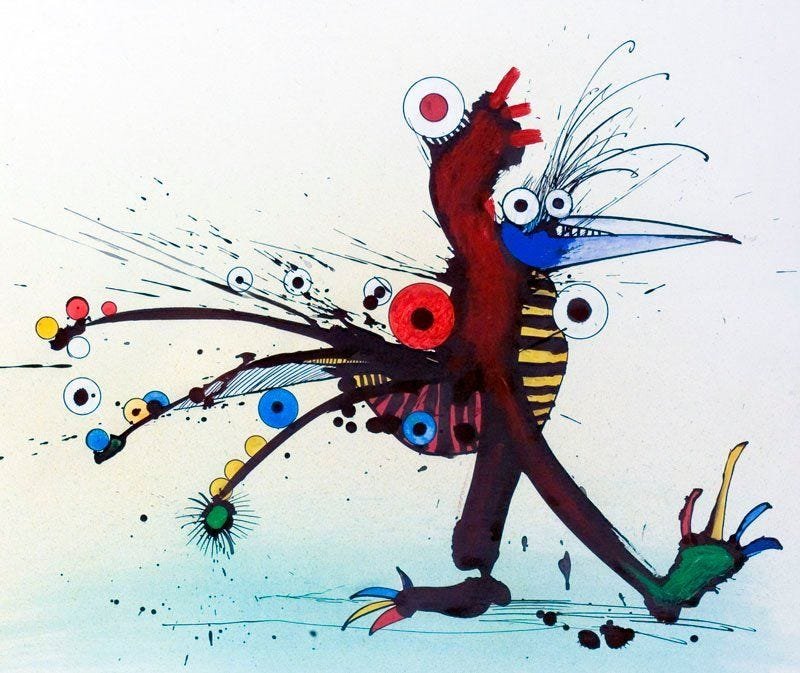The Age of De-Bossification.
In many industries particularly “White-collar” ones the era of “bosses” is in decline.
There is a rise in the need for leaders, guides, coaches, mentors, role-models, creators, and builders.
Less of a clamoring for bosses, managers, controllers, monitors, evaluators, and paper pushers.
This shift has been driven by changing demographics, the spread of technology, the rise of unbundled and distributed work, new behavior expectations, and a re-definition of what “work” is including the rise of fractionalized and free-agent talent who work for themselves or at multiple jobs and are expected to comprise most of the work force in the US by the end of the decade.
How to a “de-bossify “ourselves or help others do so and therefore adapt from being a “boss” to a “leader”?
Step 1: Be Aware of Bossy Traits!
All of us have both worked for and in times of pressure we ourselves have displayed one or more of these “bossy” traits:
1. THE NARCISSISTIC GOD. These bosses believe that only they know the answer, only they are capable of handling the major meeting, and only they should get the credit for their teams’ success. They often believe they transcend the company. In many instances, they create a godlike cult that worships their every move, using public relations and social media to spread the word.
2. THE MICROMANAGING FIDDLER. These folks are terrific operators—they know how to get things done—but as managers, they retain their obsessive detail orientation. They tell their people what to do and insist they check in with them at every stage. They are insecure and can’t let go of anything. They often manage via spreadsheets or the need for slavish following of systematic procedures.
3. THE OSCAR ASPIRANT. These types emote, loudly and dramatically. Erratic and unpredictable, they are a roller coaster of emotions. They greet bad news with histrionics and good news with hyperbole.
4. THE SCHEMING SPHINX. This is the person who smiles, blows air-kisses and oozes charisma and friendship, says nor shares anything substantial, while sucking up as much information and probing for vulnerabilities. A blend of insecurity and bully juice wrapped in a blanket of charm while oozing calm and friendliness.
5. THE DOUBLE-CROSSING ASSASSIN. While the previous four types are expressive (or anti-expressive in the case of the Scheming Sphinx) in their terribleness, Assassins are soft-spoken, well-behaved, and self-controlled. Behind closed doors, however, they take credit for other people’s work, create animosity by speaking ill of people to others, and find ways to trip up others and make them fail.
Step 2: Understand why the old model is collapsing.
Once upon a time a manager controlled the flow of information, access to opportunities and was a font of expertise and craft.
Today the half-life of knowledge is growing shorter and shorter and the “way of this is the way things were done” is often the opposite of what needs to be done as new competitors and customer expectations do not care a fig about the way it was or is.
AI will turbo-charge this change in ways deeper and faster than anyone of us can even comprehend as the cost of knowledge goes to zero and enables talented individuals to combine, re-combine, scale and re-invent in new ways.
Talent can find information, opportunity, and knowledge at a click of a mouse, a sharply written prompt or the pinch of a finger.
The unbundling and distribution of where and when we work has just begun and culture, teams and excellence will need to be cultivated across time and space with limited in-person interaction as the age of AI, Web 3, XR will make working anywhere and everywhere increasingly the default state in white collar industries making old-fashioned monitoring, controlling, and overseeing difficult.
Step 3: Understand New Leadership.
Modern leadership is about zone of influence versus zone of control.
People follow people and not titles.
Leadership is a role and not a job title.
It is a way of being infused with a passion for excellence and a quest for middle to long term multi-stakeholder growth (company, community, employee, leader) versus a focus on the short term and emphasizing only investors/owners.
It is the ability to communicate and motivate in person and across space. To tattoo moments and make the most of every interaction. To inspire, guide, mentor, build, empathize and unleash.
Most importantly it is about the continuous feedback and learning of a growth mindset.
Step 4: Transforming from boss/manager to leader/coach.
As times change the best managers adapt and learn and flex into new shapes and learn new skills. Transformation is possible for those who care to try.
Just because someone has bossy traits and was forged in a different era does not mean they cannot re-invent and re-wire their skills if they want to.
This transformation requires three conditions:
First it requires today’s bosses to accept that to grow and remain relevant they will have to change and while it may be difficult it is better than becoming irrelevant.
Second it requires their leaders to ensure that new incentive systems that are more about zone of influence, growth of craft and people versus zone of control of budgets and team size are put into place.
A new way requires new pay.
Third there is an urgent need for coaching and training and patience to help today’s managers become tomorrow’s leaders.
A personal hunger supported by new incentives and buttressed with training including the opportunity to self-learn is the formula.
Talent is short and it is a mistake to believe that seasoned employees cannot grow into new potential.
New brooms sweep clean but old brooms know the corners.




